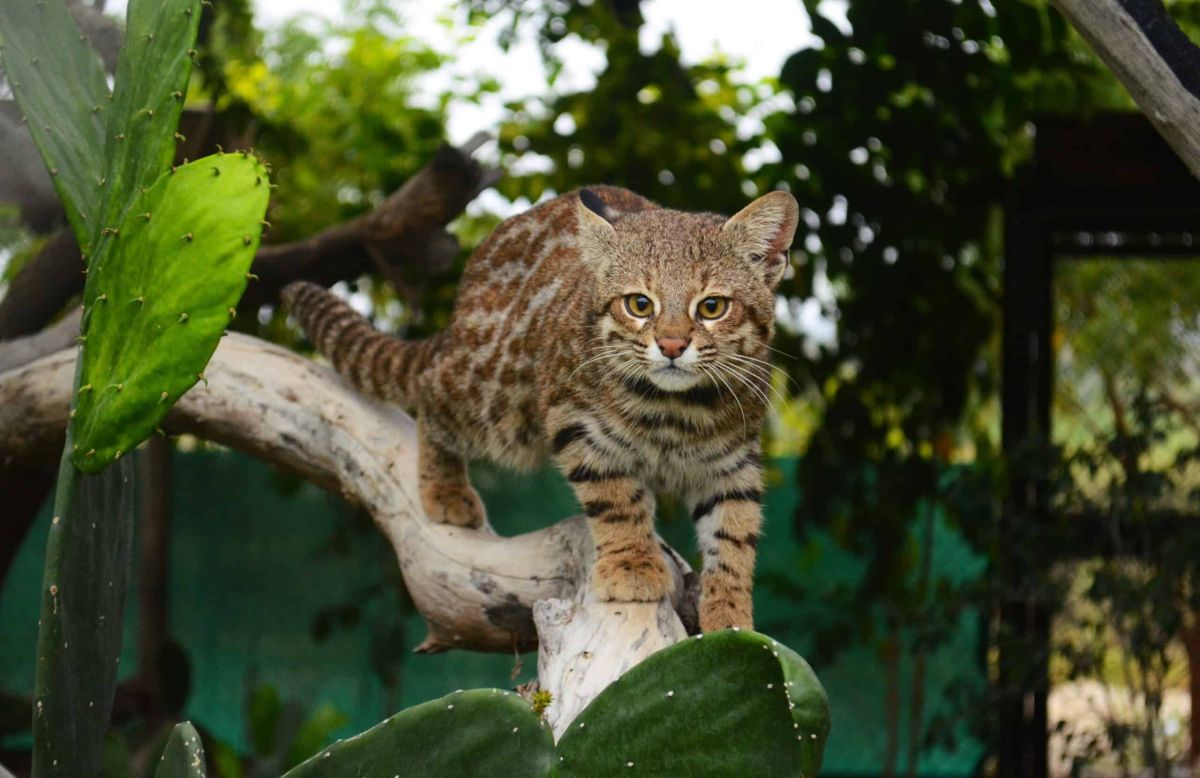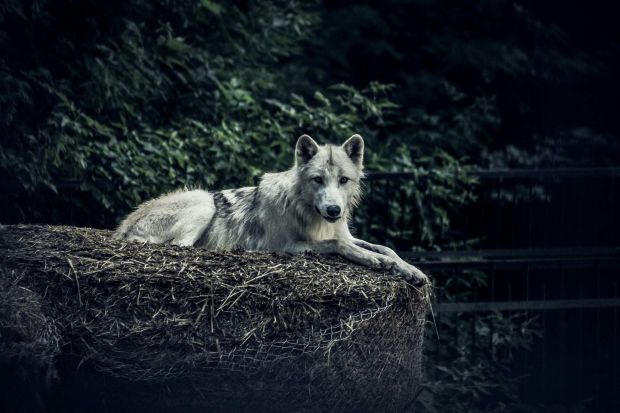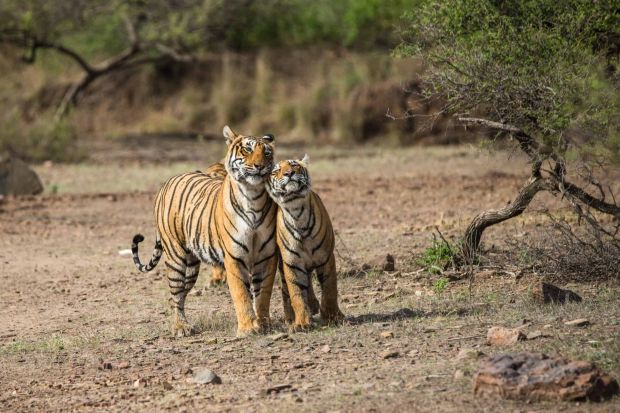The Pantanal Cat: Hunter of the Brazilian Wetlands

The Pantanal cat, scientifically known as Leopardus colocola braccatus, is a captivating small feline native to the expansive Pantanal, the world’s largest tropical wetland, located primarily in Brazil but also extending into Bolivia and Paraguay. This elusive creature is part of the Leopardus genus, which includes several other small wild cats found throughout South America.
Habitat and Distribution
The Pantanal is characterized by its rich biodiversity and seasonal flooding, creating a unique ecosystem that supports a wide variety of wildlife. The Pantanal cat is adept at navigating this challenging terrain, preferring areas with dense vegetation, riverbanks, and marshes. Its habitat is often intertwined with the rich tapestry of flora and fauna found in the wetland, including the iconic capybara and caiman, which serve as prey for this stealthy predator.
Physical Characteristics
The Pantanal cat is small to medium-sized, typically weighing between 5 to 10 kg (11 to 22 lbs). Its fur is short and dense, featuring a beautiful pattern of rosettes and spots that provide excellent camouflage amidst the dappled light of its habitat. This feline sports a tawny to greyish coat with a distinctive white chin and throat, and its long, tufted ears aid in acute hearing, an essential trait for a creature that relies on stealth and precision for hunting.
Behavior and Diet
A solitary and primarily nocturnal hunter, the Pantanal cat is noted for its proficient climbing skills and agility. Its diet consists mainly of small mammals, birds, and reptiles, particularly targeting rodents and other small prey common in the wetlands. The cat employs a combination of stalking and ambush techniques, utilizing its keen senses to detect and capture prey.
Unlike some of its larger relatives, the Pantanal cat displays a level of adaptability to its environment, often adjusting its hunting patterns based on seasonal changes and prey availability. During the wet season, when the habitat becomes more challenging due to rising waters, these cats may also hunt in trees or among the tall grasses that regenerate after floods.
Conservation Status
Despite its remarkable adaptability, the Pantanal cat faces numerous threats that jeopardize its survival. Habitat loss due to agricultural expansion, deforestation, and urban development poses the most significant risk. Additionally, poaching and human-wildlife conflict can further exacerbate the decline of this enigmatic species. As a result, conservationists classify the Pantanal cat as “Near Threatened” on the IUCN Red List.
Efforts are underway to protect this unique landscape, with initiatives focusing on sustainable land-use practices and habitat restoration. The establishment of protected areas within the Pantanal aims to safeguard not only the Pantanal cat but the entire ecosystem that thrives within this biodiverse region. Educating local communities and promoting ecotourism are also essential strategies to raise awareness and encourage the preservation of the Pantanal.
Conclusion
The Pantanal cat is an extraordinary example of nature’s adaptability and beauty. Its role within the Pantanal ecosystem as both predator and prey is essential for maintaining the ecological balance of this remarkable environment. By fostering conservation efforts and protecting their natural habitat, we can ensure that future generations have the opportunity to witness the grace and intrigue of the Pantanal cat, an enduring symbol of the rich biodiversity that thrives in one of the world’s most precious wetlands.



